With the long awaited update of the Nikon 80-400mm now a reality, I know there are truckloads of wildlife photographers asking, “What’s the best option to get to 400mm?”
Now, if you’re searching for a full-on review of the 80-400mm, you’ll need to look elsewhere This article is going to focus on the best options to get you to 400mm – the minimum you really need for serious wildlife photography.
The newly updated AF-S 80-400mm seems the most obvious answer, but it’s pricey at $2700. The updates were significant, though, adding better optics, better VR (Vibration Reduction), and faster (MUCH faster) AF.
The other option is the AF-S 300mm F4. It’s a fantastically sharp, reliable lens with snappy AF, although VR is painfully absent. Add a 1.4 TC (teleconverter) and you’re at 420mm – very respectable for most big game and many birds. Additionally, this combo is over $1000 cheaper than the 80-400mm above, making it a very tempting choice if you’re on a more limited budget.
The third option is the AF-S 70-200mm 2.8G with a 2X converter (giving you a 140-400mm). Not only do you have VR, you also have an amazingly good 70-200mm 2.8 at your disposal when you go this route. However, the combined price of this with the teleconverter is roughly the same price as the 80-400mm. Of course, if you already own or need a 70-200mm, then you’re probably wondering if this might just be the answer.
I happen to own all three of the lenses above at the time of this writing, so I went outside and did some tests shots. Hopefully, the results help answer the burning question of which lens / combo is sharper.
My Test Method:
I shot all of these using a D800e, a 3 series Gitzo tripod and BH-55 ballhead, mirror lockup (waiting 4 seconds or so between when the mirror went up and when I released the shutter), and cable release. All were focused via LiveVew and shot at ISO 100, standard Jpegs. All that said, I’m not a professional “lens tester” but I think I have my bases covered.
Note – rather than putting the full name of the lens in each image, here’s the exact gear I’m using:
Nikon AF-S 80-400mm F4.5-5.6G VR
Nikon AF-S 300mm F4 ED (note the 300PF is the new version but did not exist at the time of the review)
Nikon TC14EII (note this has since been replaced with the TC14 EIII)
The first test scene, the deck:
Let’s look at how these lenses fare on the long end with this scene.
80-400mm VS 300mm F4 + 1.4TC – Wide Open (Note – There is a discrepancy in image size below for two reasons – #1 – the 300mm F4 + 1.4 is actually a 420mm lens. #2- It’s been determined that the 80-400mm is actually closer to 75-385mm lens, not a true 400mm. Rounding up is pretty common with zooms, and frankly, a few mm isn’t going to make a difference in the real world. )
Since teleconverters aren’t always at their best when the lens is wide open, I stopped down 2/3rds of a stop. It evens things out sharpness-wise, plus you’re a little closer with the 300mm + 1.4 TC combo. The bad news is you’re 2/3rd of a stop slower too…
Don’t worry, I didn’t forget the 70-200mm and 2x combo vs the 80-400mm – No contest this time. (Note – I tried stopping down with this combo on the next scene, you can see those images in the next section.)
Those were the first photos, but as I was writing this, I decided I should try some more subjects and also do some further comparisons. So…
Test scene #2 – Prestone Bottle
So, first, the results at 400mm as we did above. Again, it’s close with an edge going to the zoom, the 70-200mm is way behind. Note that this set is wide open at 5.6 for this one:
For this next image the 80-400mm was left wide open and the 300mm + TC and 70-200mm + TC were both stopped down 1 stop to F8.
You can see that going down 1 stop really brings the 80-400mm and the 300mm F4 + 1.4 TC much closer in terms of sharpness – however, the 80-400mm is still at F5.6 – a huge one stop advantage. At F8 it seems like the 70-200mm + 2xTC is starting to get usable, but it’s still no contest.
What about the 300mm F4 vs the 80-400mm at 300mm? Here they are, both wide open:
No surprise here – the 300mm F4 wins. Not only is is sharper, this time it has the 1 stop advantage. Although, the zoom doesn’t do too bad.
Next, I thought I’d try the same test above with the 80-400mm set to 200mm and put it against the 70-200mm at 200mm. Here are the results:
Wide open, it’s too close to call with the edge looking to favor the 70-200mm, however, wide open for the 70-200mm is nearly 2 stops faster – pretty significant. Stop the 70-200mm down to F5.6 (about where the 80-400mm is at that focal length), and it easily smokes the 80-400mm.
Scene # 3 – the birdhouse.
This time, the subject is at least twice as far away as our first tests.
Again, we’ll go 400mm, but this time I went ahead and just stopped the 70-200mm down to F8, the other two are wide open:
Honestly, this time I really don’t see enough difference between the 80-400mm and the 300mm + 1.4TC to go one way or the other. Although that 70-200mm + 2X TC still struggles quite a bit even with the advantage of being stopped down.
Real World Images
Since most of us aren’t spending our time popping off images of bird houses and Prestone bottles, here’s a few shots from the real world. Click the images to enlarge and see them larger and at their intended sharpness (note that you may have to click them again once they open if you see a magnifying glass when you hover over them).
80-400mm + 1.4 Teleconverter
I had an overwhelming number of requests for what the 80-400mm + 1.4 TC looked like. These are shot from a tripod with VR on, ISO 400, F8.
So, here’s a couple more shots. First, the infamous Prestone bottle:
This was shot under sunlight while the previous images were shot in the shade (note under shade you tend to get lower contrast images, so this is pretty ideal for this setup). Under these conditions, it did really well in the sharpness department, giving up very little to the teleconverter. However, contrast seems to have suffered a bit. Still, a little post processing and this would look just fine.
Next, I decided to give you a more realistic subject, my dog Duke (he’s passed away since this review, RIP buddy 🙁 )
First, here’s the eye area right out of the camera. It’s not too bad, but it’s got that soft, low contrast look common to shots taken with zooms lenses and teleconverters, despite the contrasty conditions provided by the overhead sun.
However, I kind of figured that just a bit of unsharp mask in Photoshop would help (this is probably just a bit too much). Here’s the result:
It didn’t take much to pull a TON of detail out. This would print just fine, even large.
All that said, this lens with a teleconverter would NOT be my preferred setup for wildlife. Although it gets you to 550mm, it’s also effectively an F8 lens! Ouch! 90% of my wildlife work is done in the first hour of the day or the last – and F8 is just too slow in my opinion. The combination of slower AF and being forced to add one more stop of ISO isn’t a place I like to go.
Of course, if your subjects hang out in sunlight (sports teams, aviation, zoos, Duke, etc), and you really need the extra reach, a teleconverter is a viable option.
Also of note is that I found this combination seemed to make getting sharp images at 550mm more difficult that it really should have been. I’ve used a LOT of long glass over the years and I can tell you that any combination of a Nikon 500mm / 600mm lens with or without TC would have produced a higher percentage of sharp images. It seems unreasonably difficult to keep this combo sufficiently stable to avoid motion blur. I have a hunch the tripod collar might be to blame; it’s not as robust as it could be. If you do use this combo, I highly recommend trying to stay 1/500th second or higher (1/1000th + would be ideal)
Conclusions:
OK, before we get too far into my opinions, keep in mind that there may be some sample variation out there in the real world. Without teleconverters, I find all the lenses in this article exceedingly sharp and capable. My 1.4x teleconverter has also always been sharp and not only works well with the 300mm F4 (as shown above), but also works well with my 600mm. The 2X converter that seems so hard on the 70-200mm above works amazingly well on my 600mm, so I’m inclined to think it’s a good copy as well.
That said, your results may vary, the above are what I was able to come up with and I hope they are helpful 🙂
Soooo…. My thoughts.
In my opinion, although the 80-400mm didn’t win all the battles, it did win the war.
The 70-200mm with a 2x converter just can’t keep up. It’s probably OK for some uses, but it’s just not as good as the other two options, even stopped down. If you really need 400mm, I’d look to the other two choices unless you’re only printing small or displaying on the web.
So, of the remaining two options, should you go 80-400mm or 300mm + 1.4TC?
Advantages / Disadvantages
Price – First, some perspective. Long glass is pricey, even a 300mm F2.8 is $5500, a 500mm is closer to $10,000! So, from that perspective, either route described below is a bargain.
That said…
Price – The 80-400 is, at the time of this writing, nearly $1000 more than the 300mm AND 1.4 TC! Advantage – 300mm combo. (Note – the new 300PF is much more expensive and the 80-400 has come down in price and is now the cheaper option)
Teleconverters – The 300mm F4 has always taken teleconverters well and, as you saw above, with the TC it does get in a bit closer than the 80-400mm. Additionally, this also takes the 1.7TC well (sorry I no longer own it so I can’t show you), giving you a 510mm lens! I did try the 1.4 with the 80-400mm with less than stellar results (I need to test that further)- Advantage – 300mm combo.
Sharpness – Although most of the time the 300mm just gets edged out by the zoom at 400mm, it’s crazy sharp when it doesn’t have the teleconverter attached. However, the reason you and I are even looking at this is because we need more than 300mm, so I’m juuussst giving the nod to the 80-400mm. Advantage – Zoom
Speed – The 300mm is an F4 – a full stop faster than the 80-400mm, but attach a teleconverter to get to 420mm and it becomes an F5.6. Advantage – Toss up
AF Speed – In my tests, I really didn’t notice any significant difference in AF speed. Advantage – Toss up
Size – The 300mm lens + TC is a smaller package than the 80-400mm. Advantage – 300mm combo.
Vibration Reduction – To me, this is a critical failing of the 300mm combo and why the 300mm F4 desperately needs to be updated. The zoom features a modern VR system and from my experience with wildlife, this is a must have. Advantage – Zoom. (again, since this original piece was written the 300PF has solved the VR problem)
Flexibility – You just can’t beat the 80-400mm in this department. If you’re photographing a critter and he moves in closer, you can quickly adjust your zoom in less time than it took you to read this sentence. With the 300mm, you’re messing around with TCs and you’ll miss shots (I speak from experience 🙂 ) Advantage – Zoom.
So, there you are. Which option is best for you is something only you can decide. I can tell you that for my intended use for this focal length of lens (shooting from cars and kayaks), the zoom lens wins a spot in my bag, largely due to VR. Your mileage may vary.
PS…
If you enjoyed this article, I think you’ll REALLY like my e-books, Secrets To Stunning Wildlife Photography and Secrets To The Nikon Autofocus System. They’re filled with hundreds of pages of information just like this. Check it out – click here (hey, it’s free to look 🙂 )





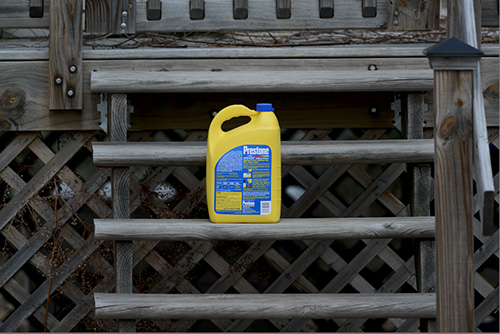

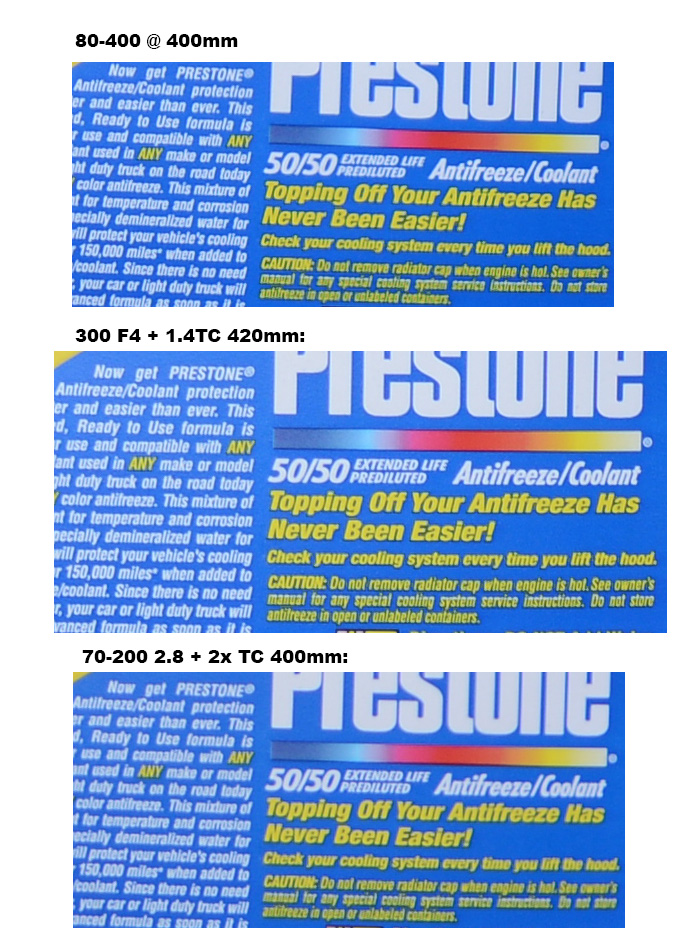
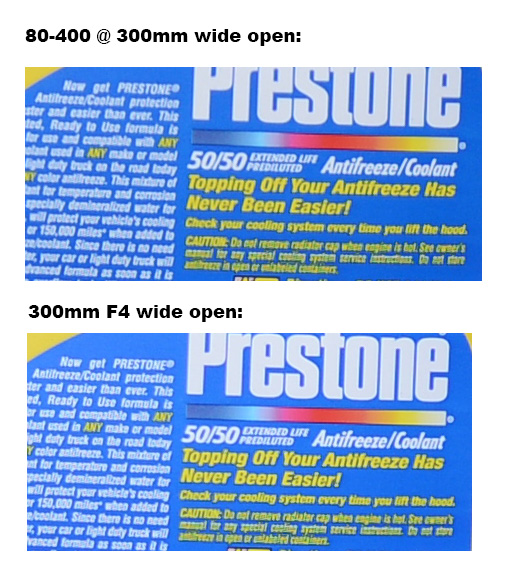
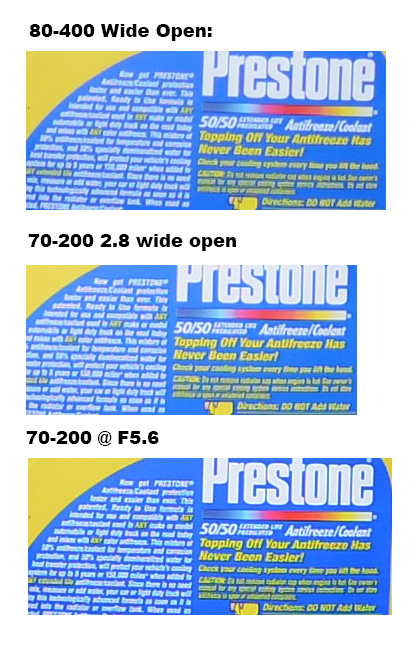
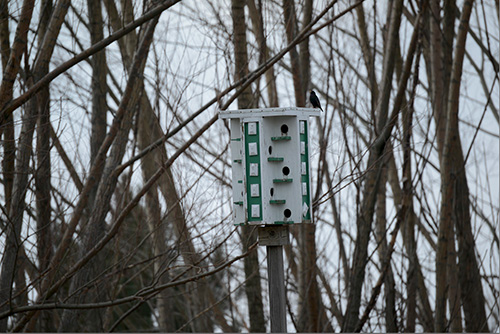

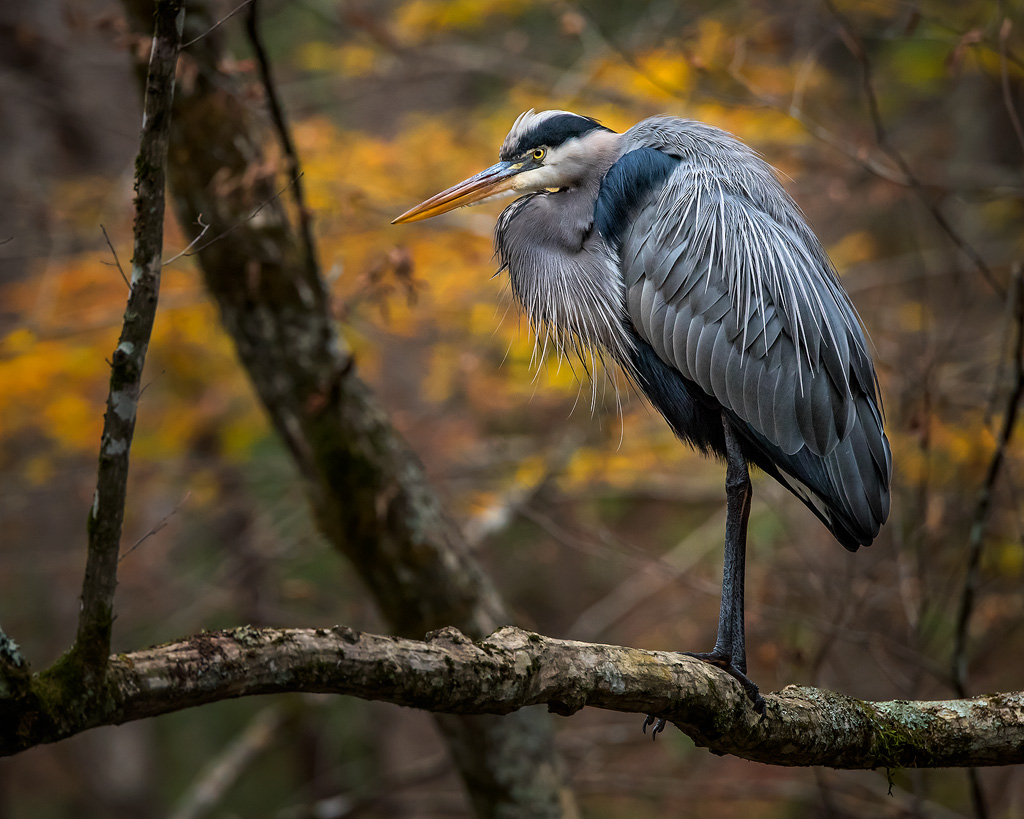


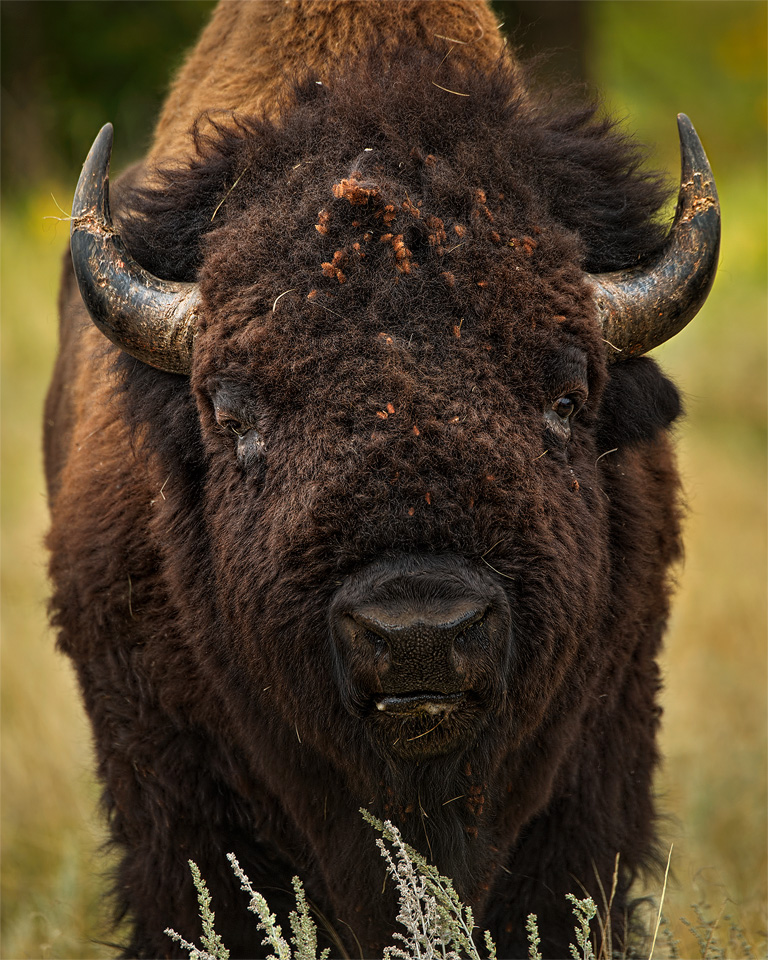
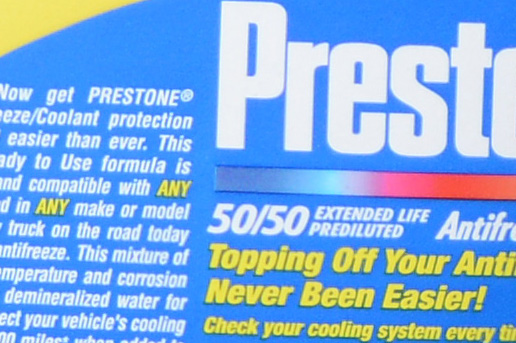
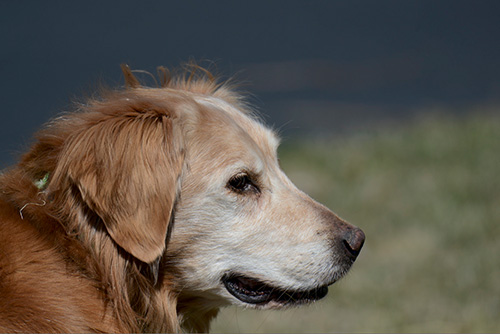

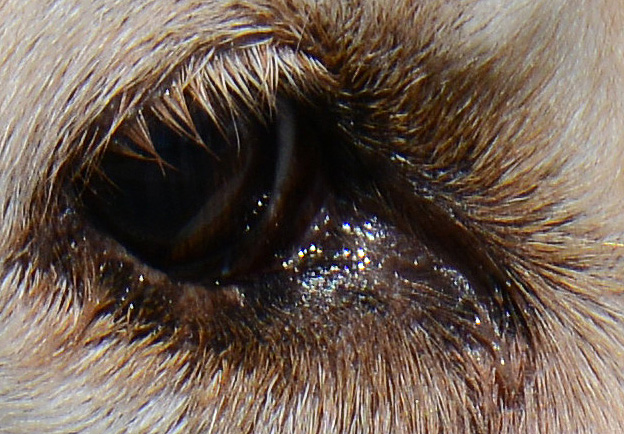
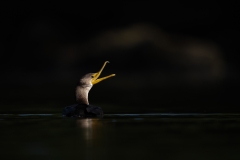
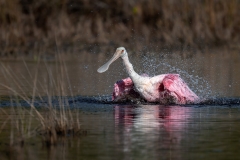
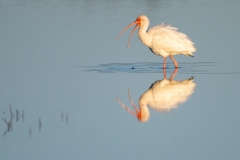
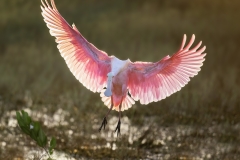
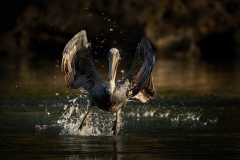
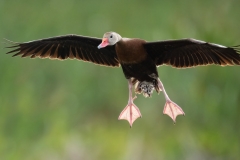

I know this was an old post but just read it. I have an older version of 80-400 with older VR, thinking of updating to either 300PF f4 ( which you had focusing issues per your article) or purchase new 80-400 if improvements are worth it. or get the extra fstop 300mm f2.8 so I have one low light lens. I have the 500pf. on a D850.. love it so far. What is your opinion having used all of these on what to fill in for lower close in telephoto.. get 300mm PF (weight a plus), new version of the… Read more »
Laser Hair Removal and Tatoo Removal can be that easy, but you should be well informed, before you get started with it. You can find every information about Laser Hair Removal Check it out, start a hairless Life
victoria secret store sales http://www.victoriassecretsale.store
ive visited this site a couple of times now and i have to tell you that i find it quite exeptional actually. keep it up!
pjs jackets http://parajumpers.francarrilloguerrero.com
I am going to go ahead and bookmark this content for my sis for a coming up study project for school. This is a beautiful web site by the way. Where did you get a hold the theme for this website?
arcteryx shop http://arcteryx.francarrilloguerrero.com
Dude … those wildlife shots are unreal. Very nice. Keep up the good work, and thanks for the detailed write up.
some really fantastic content on this internet site , regards for contribution.
buy LK Bennett online http://lkbennett.kmmits.com
I was browsing the web looking for some cool stuff and came across your site. I just wanted to let you know that I think your site has some good pages and that I have already saved the page so I can visit again soon! Well done!
emu boots women http://www.emuoutlet.online
Steve you are very educational, keep up the great work, thank you.